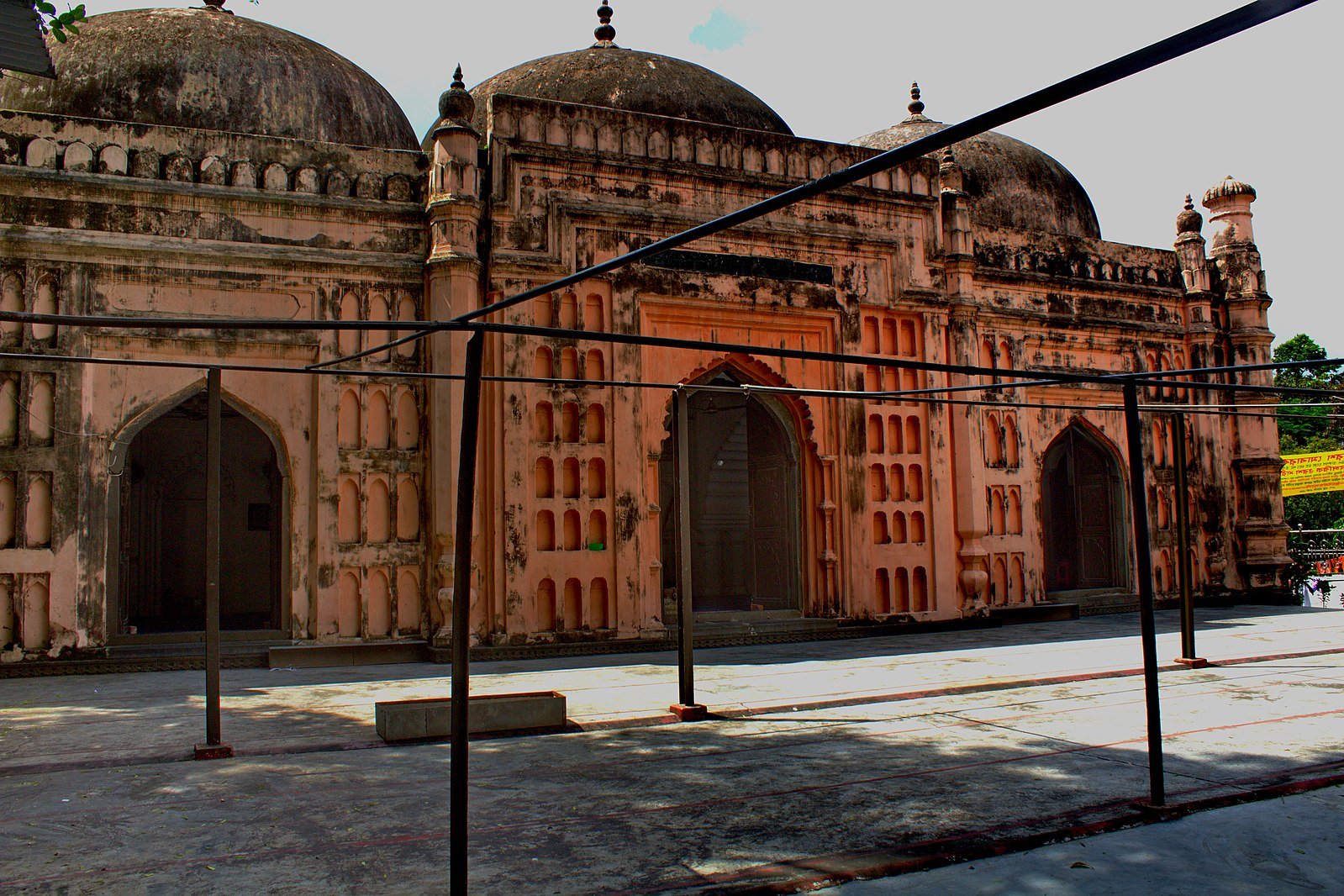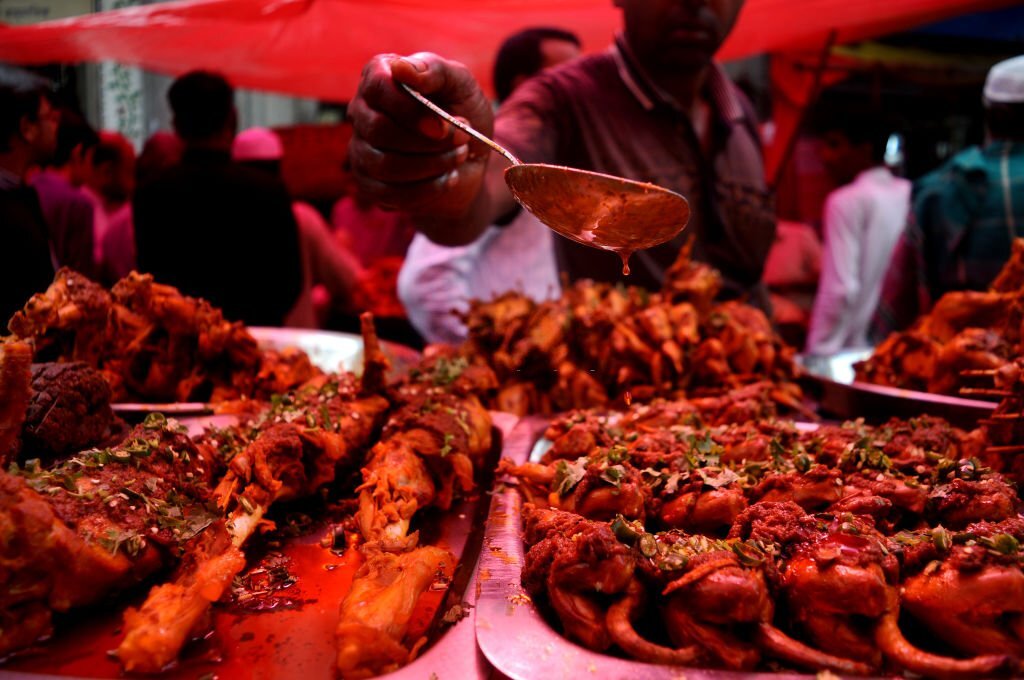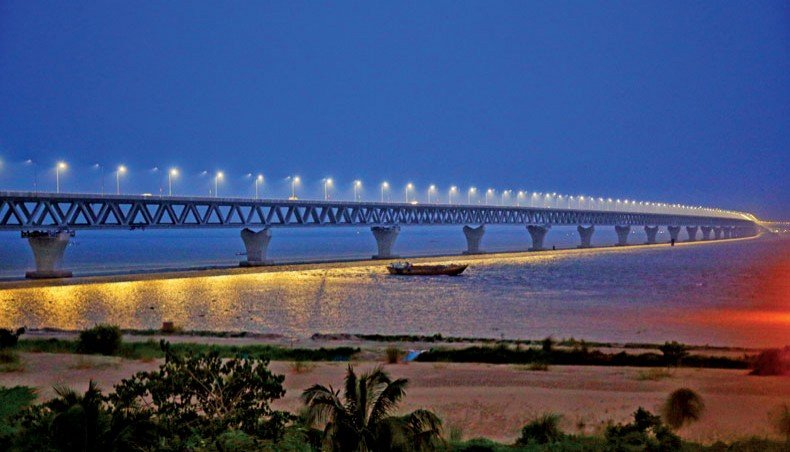Tara Mosque Dhaka: A Jewel of Islamic Architecture in Dhaka
In the bustling streets of Armanitola, Old Dhaka, stands one of Bangladesh’s most captivating pieces of Islamic architecture — the Tara Mosque, also known as the Star Mosque. Adorned with celestial motifs and intricate ceramic patterns, this early 19th-century mosque captures both the artistic and spiritual heart of the city. Beyond its visual splendor, Tara Mosque Dhaka reflects Bangladesh’s deep historical roots and cultural connections to the wider Islamic world.
The Tara Mosque was originally built in the early 19th century by Mirza Golam Pir, a local landlord and philanthropist. At that time, Dhaka was a thriving trade center under Mughal influence, and the city’s elites were known for building grand mosques and gardens.
The mosque began as a modest prayer space but was later expanded and redesigned by Ali Jan Bepari, a wealthy merchant who added the famous chinitikri (tile mosaic) work that defines the structure today. His renovation in the 1930s transformed the mosque into a masterpiece of Islamic art and design, blending Mughal tradition with colonial-era craftsmanship.
The Story Behind Its Name: “Star Mosque”
The name “Tara Mosque” (or “Star Mosque”) comes from the blue stars that decorate its walls, domes, and minarets. The stars are made of Japanese and English porcelain tiles, giving the building its distinctive shimmering surface.
The celestial pattern not only represents beauty but also carries symbolic meaning. In Islamic art, stars often symbolize divine guidance — a reminder of light and direction amid darkness. The stars on the mosque’s walls thus reflect both faith and artistry, making Tara Mosque Dhaka a true architectural gem.
Architectural Features and Artistic Detailing
1. Chinitikri Mosaic Work
The mosque’s hallmark is its chinitikri — a local craft technique where pieces of broken porcelain or ceramic tiles are embedded in plaster to form decorative motifs. This form of mosaic art was imported during the British colonial period and quickly became a popular way to decorate mosques and palaces.
2. Domes and Structure
The Tara Mosque originally had three domes, later expanded to five during Ali Jan Bepari’s renovation. The domes are decorated with intricate tilework and are supported by arches in typical Mughal style. The prayer hall, though small, glows with light reflected off the white walls and blue motifs.
3. Calligraphy and Ornamentation
Inside the mosque, one can find Quranic calligraphy beautifully integrated with floral and geometric designs. The patterns echo Persian and Ottoman influences, showing how Islamic art transcended borders and adapted to local styles.
A Living Heritage in the Heart of Old Dhaka
Unlike many historical monuments that have turned into museums, Tara Mosque remains an active place of worship. Locals gather here daily for prayers, while tourists and art enthusiasts visit to admire its timeless beauty. The mosque is especially vibrant during Ramadan and Eid, when the surrounding area lights up with festive colors.
Its continued use over two centuries highlights how faith and tradition coexist with urban life in Dhaka — a city that balances rapid modernization with preservation of its cultural roots.
The Mosque’s Place in Bangladesh’s Cultural Identity
The Tara Mosque is more than an architectural landmark; it is a symbol of Bangladesh’s artistic resilience and religious devotion. The chinitikri tiles, imported from Japan and England, reflect the country’s openness to global influences even during colonial times.
Moreover, the mosque embodies the essence of Bengali Muslim identity — blending Mughal grandeur, local craftsmanship, and external inspirations into one harmonious structure. It stands as proof that Bangladesh’s culture, while deeply rooted in faith, has always been dynamic and outward-looking.
Connecting Bangladesh to the Global Islamic Heritage
Globally, the Tara Mosque finds parallels in Islamic architectural masterpieces such as the Shah Mosque in Iran, the Blue Mosque in Istanbul, and the Badshahi Mosque in Lahore. All share the use of ceramic tiles, domes, and calligraphy to create sacred spaces that inspire awe.
Yet what makes the Tara Mosque Dhaka unique is its fusion of Eastern and Western materials — Japanese porcelain, British tiles, and Bengali craftsmanship. This blend mirrors Bangladesh’s historical role as a crossroads of trade and culture. For international scholars, it serves as a case study in how local adaptation gives global art forms new meaning.
Preservation and Conservation Efforts
The mosque’s delicate tilework and old structure have made preservation a challenge. Over time, Dhaka’s pollution, humidity, and urban expansion have taken their toll on the building’s exterior.
Thankfully, the Department of Archaeology of Bangladesh and local conservation groups have taken steps to restore and protect this heritage site. Efforts include cleaning and reinforcing the tile façade, preserving the original domes, and ensuring that renovation work respects the mosque’s historic integrity.
Still, urban development around the mosque remains a concern. Balancing heritage protection with modernization will be essential to keeping Tara Mosque Dhaka alive for future generations.
Why Tara Mosque Matters Today
In an age of rapid urbanization, heritage sites like Tara Mosque remind us of the cultural continuity that defines cities like Dhaka. The mosque represents beauty, devotion, and the coexistence of faith and art.
For locals, it remains a beloved landmark. For global visitors, it stands as a bridge between Bangladesh’s Islamic past and its cosmopolitan present. And for historians, it is a tangible reflection of how cross-cultural exchange can create something timeless.
Visiting the Tara Mosque
Located in Armanitola, Old Dhaka, the Tara Mosque is easily accessible by rickshaw or car from any part of the city. Visitors are advised to dress modestly and avoid prayer hours if touring for photography or study. The best time to visit is in the morning when the sunlight hits the tiles, making the entire façade sparkle with shades of blue and white.
A Symbol of Light and Legacy
The Tara Mosque Dhaka is not just an architectural treasure — it is a living testament to Bangladesh’s fusion of art, faith, and history. Its star-patterned walls continue to inspire locals and visitors alike, reminding everyone that beauty can be born from both tradition and innovation.
In the global landscape of Islamic art, the Star Mosque shines brightly as one of the few surviving examples of colonial-era creativity merged with sacred design. As Dhaka continues to grow, this little mosque in Armanitola stands as a timeless symbol — a star that never fades from the city’s cultural sky.








